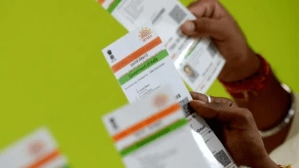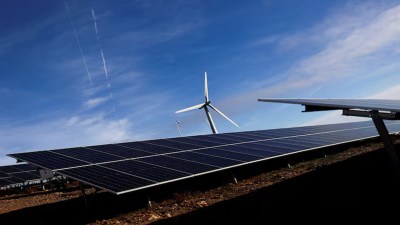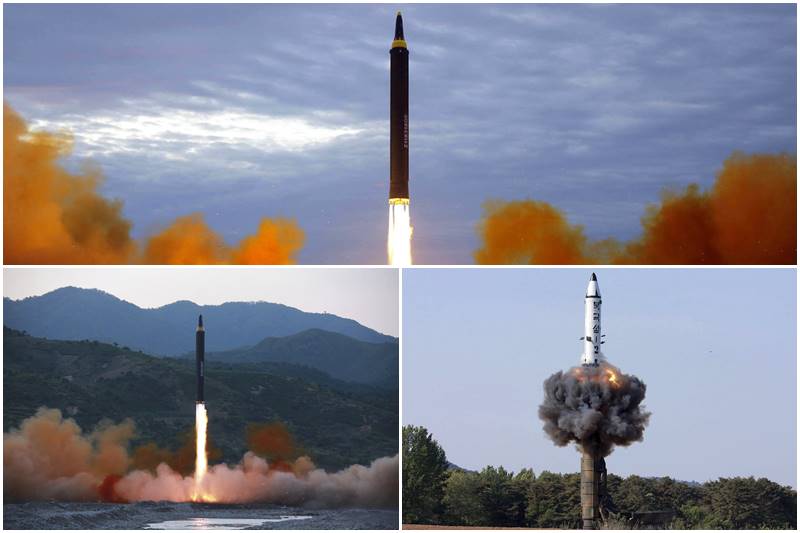
North Korea launched an intermediate-range missile that flew over Japan in its longest-ever flight, showing that leader Kim Jong Un is defiantly pushing to bolster his weapons programs despite US-led international pressure. <br /><br /> Let's take a look of the three North Korean missiles – Hwasong-12, Hwasong-14 and Pukguksong-2, which can cause massive destruction: 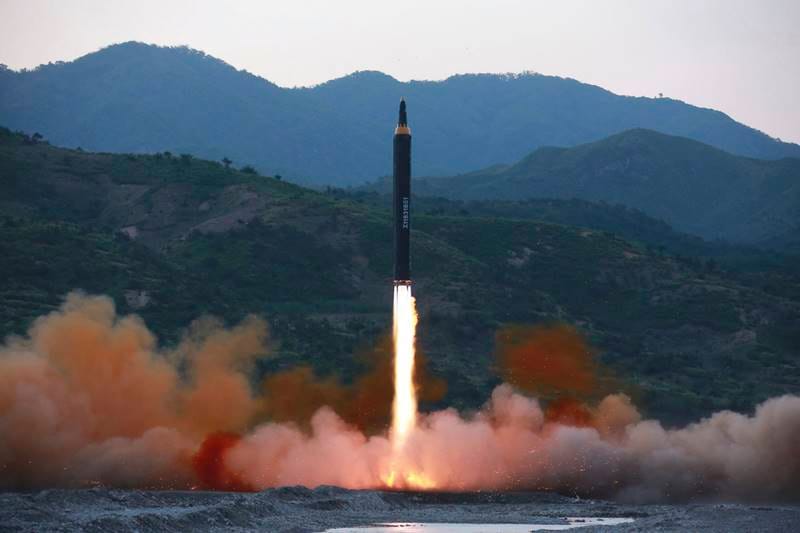
Hwasong-12 intermediate range missile <br /><br /> On May 14, North Korea fires a newly developed intermediate-range Hwasong-12 missile. It says can carry a heavy nuclear warhead. It suggest that Hwasong-12 would have a maximum range of between 3,700 kilometres (2,300 miles) and 6000 km (3728 miles). 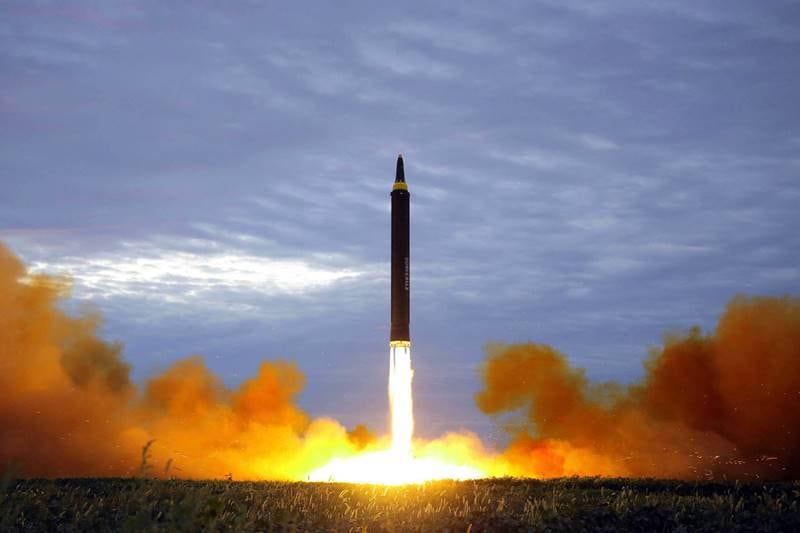
On August 29, North Korea launched an intermediate-range ballistic missile, the Hwasong-12, which travelled 2,700 km (1,700 miles), over Japan. The range of this test was significant since North Korea demonstrated that it could reach Guam with this missile. 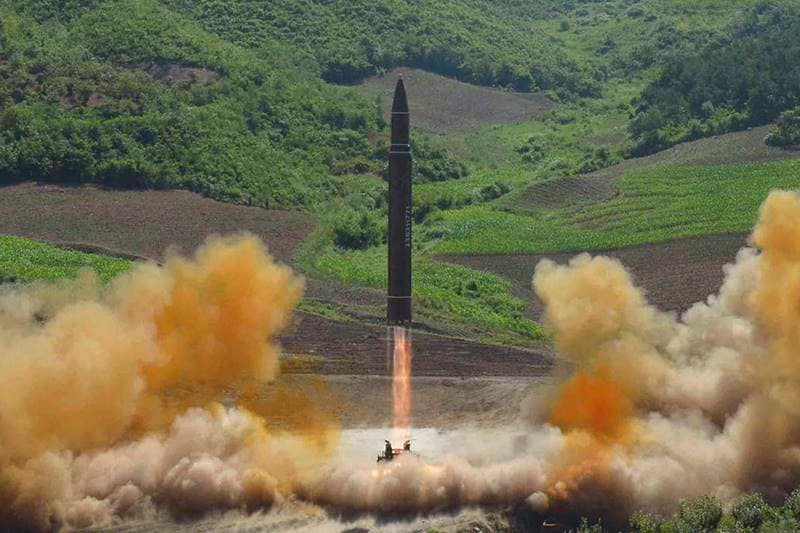
Hwasong-14 intercontinental ballistic missile <br /><br /> Hwasong-14 is a mobile intercontinental ballistic missile developed by North Korea. On July 4 North Korea test-launches its first intercontinental ballistic missile, the Hwasong-14, at a highly lofted trajectory, which coincided with the United States' Independence Day. The Hwasong-14 would have a maximum range of between 6,700–10,000 km (4,200–6,200 miles). -
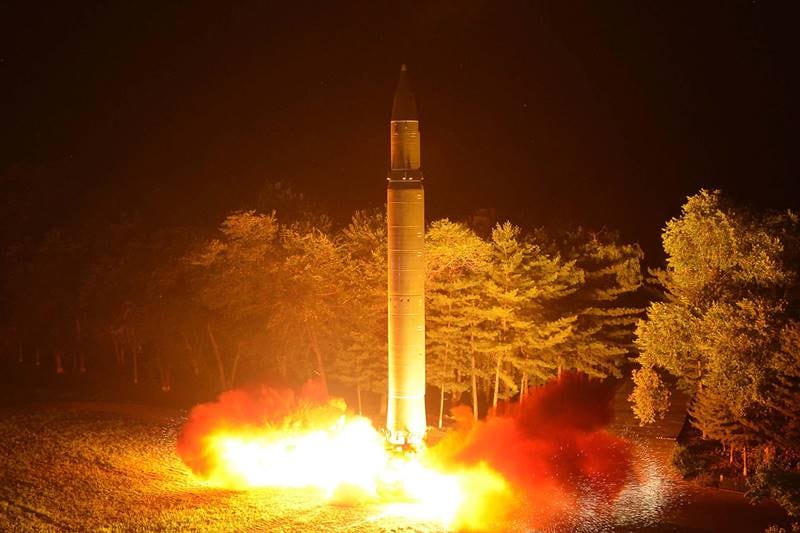
On July 28 North Korea fires another Hwasong-14, again at a lofted trajectory, but outsider experts say its full range would reach far into the US mainland, including cities such as Chicago.

Pukguksong-2 missile <br /><br /> Pukguksong-2 is a medium-range or intermediate-range ballistic missile which unlike the nation's earlier designs, uses solid fuel. On May 21 North Korea tests Pukguksong-2 missile. As it uses solid fuel, it becomes harder to detect by outsiders before launch. 
Pukguksong-2 is a solid-fuel rocket that can be launched in minutes. Its operational range is estimated at between 1,200 km (750 miles) and 3,000 km (1,900 miles).

US announces list of applicants that qualify for H-1B $100K fee exemption


